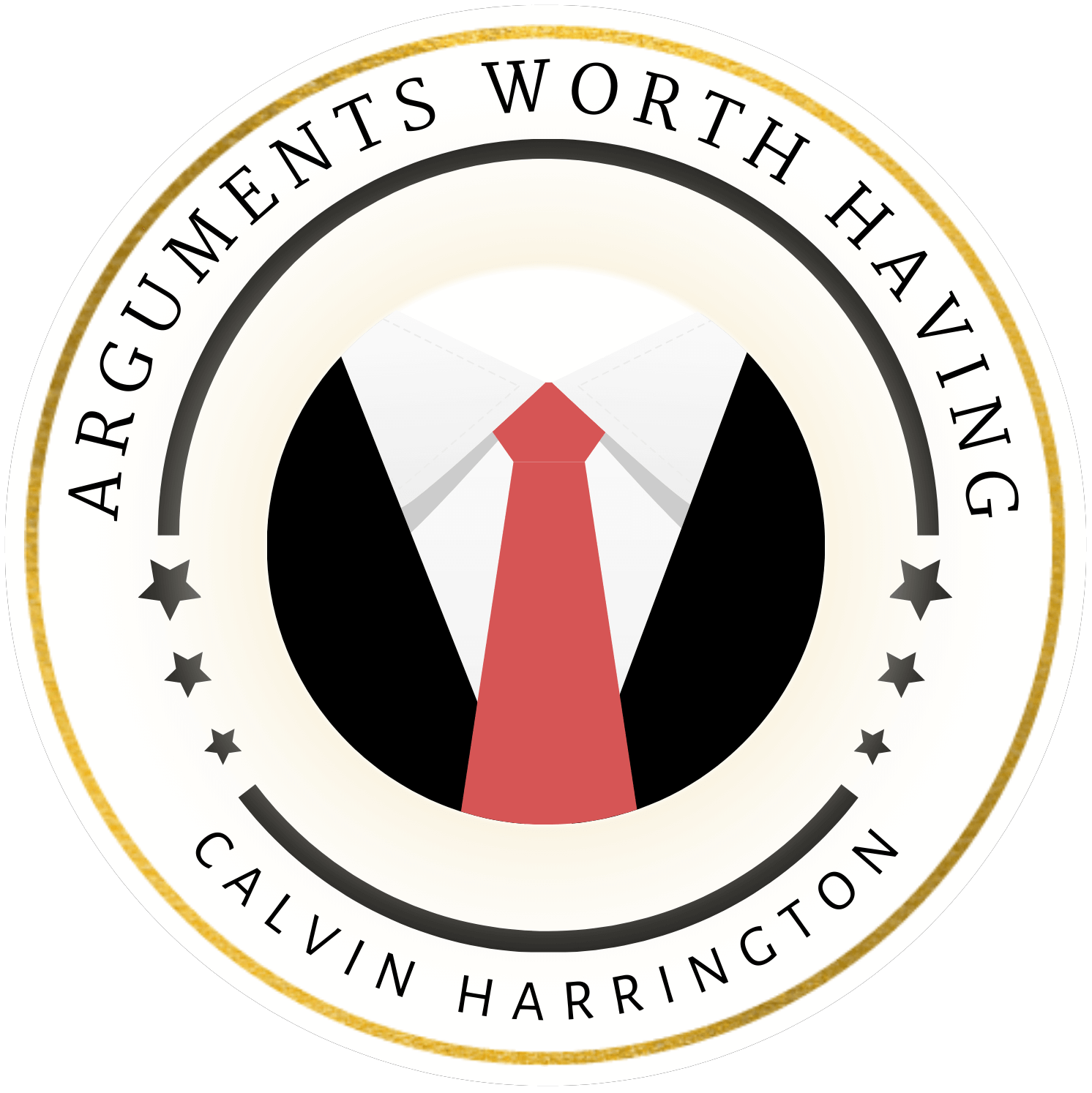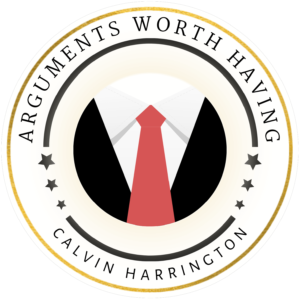Investing can take many forms, but understanding the differences between accredited and non-accredited investors is crucial for anyone looking to navigate this landscape. Accredited investors are individuals or entities that meet specific financial criteria, allowing them to participate in investment opportunities that are not available to the general public. This distinction can significantly influence what types of investments are accessible to investors based on their financial status.
Non-accredited investors, on the other hand, do not meet these criteria and therefore face limitations. They often have access to more traditional investments, such as stocks and bonds, but may miss out on higher-risk and potentially higher-reward opportunities like private placements or venture capital. This difference can shape one’s investment strategy and portfolio diversification.
Understanding these classifications can empower investors to make more informed decisions. Recognizing the potential opportunities and restrictions associated with each category can lead to smarter investment choices and better financial outcomes.
Accredited vs. Non-Accredited Investors: Key Differences
The distinction between accredited and non-accredited investors is crucial for understanding investment opportunities and regulatory requirements. Each category has specific qualifications, which influence access to certain investment platforms and products.
Accredited Investor Definition
An accredited investor is defined by regulatory standards, primarily the Securities and Exchange Commission (SEC) in the United States. This designation is based on financial criteria aimed at ensuring that individuals or entities possess sufficient financial sophistication and the ability to bear investment risks.
For individuals, to qualify as an accredited investor, one must meet at least one of the following criteria:
- Income: Earn an annual income exceeding $200,000 in the past two years or $300,000 with a spouse.
- Net Worth: Have a net worth exceeding $1 million, excluding primary residence.
Certain entities, such as banks and corporations, can also qualify based on their total assets or other financial metrics.
Who Qualifies as a Non-Accredited Investor
Non-accredited investors do not meet the SEC’s criteria for financial sophistication. This group includes most retail investors who lack the necessary income or net worth levels to invest in certain high-risk ventures.
Common characteristics of non-accredited investors include:
- Lower income levels: Typically earning less than $200,000 annually.
- Net worth: Generally have a net worth below $1 million.
Non-accredited investors are often restricted from accessing private placements or hedge funds, industries usually reserved for those deemed to have greater financial knowledge or resources.
Financial Sophistication and Eligibility
Financial sophistication plays a pivotal role in determining eligibility for accredited status. Accredited investors are assumed to have a higher level of understanding regarding investment risks, market conditions, and potential returns. This understanding influences the types of investments they can legally pursue.
This sophistication may arise from:
- Education: Relevant degrees or professional qualifications in finance or related fields.
- Experience: Previous investment experience, particularly in complex financial arrangements.
Non-accredited investors, lacking this background knowledge, face increased protections geared toward reducing potential financial losses. These regulations help ensure that only those equipped to understand and manage the associated risks can engage in higher-risk investments.
Criteria and Requirements for Accreditation
Accredited investors must meet specific financial and professional criteria. These requirements differentiate between individuals and entities that qualify for certain investment opportunities and those that do not.
Income and Net Worth Thresholds
To qualify as an accredited investor, individuals typically need to meet certain income and net worth thresholds. Specifically, an individual must have an annual income of at least $200,000 in each of the last two years or $300,000 with a spouse or spousal equivalent.
Alternatively, they may qualify if their net worth exceeds $1 million, excluding their primary residence. This net worth calculation can include assets like stocks, bonds, and other investments. For couples, both partners’ assets are combined to meet the net worth requirement.
Professional Certifications and Licenses
Certain professional certifications and licenses can also establish an individual as an accredited investor. For example, holding a Series 7, Series 65, or Series 82 license qualifies an individual.
These licenses demonstrate proficiency and knowledge of the securities industry. Other recognized credentials include those for licensed investment adviser representatives. Knowledgeable employees of a private fund can also be accredited if they meet the criteria as defined in SEC regulations.
Entities and Institutional Accredited Investors
Entities may qualify as accredited investors under various conditions. For instance, corporations, limited liability companies (LLCs), and partnerships with assets exceeding $5 million can qualify.
Trusts and 501(c)(3) organizations can also be recognized if their investments are managed by accredited individuals. Employee benefit plans with assets over $5 million or banks are eligible as well.
Institutionally accredited investors, such as qualified institutional buyers (QIBs), must manage a minimum of $100 million in securities. Family offices and family clients can also meet the accredited investor criteria if they have similar asset thresholds.
Investment Opportunities and Regulatory Framework
Investment opportunities for accredited and non-accredited investors differ significantly due to regulatory structures. These regulations dictate the types of offerings available and the associated risks.
Private Offerings and Exempt Securities
Private offerings are investment opportunities that are not available to the general public, allowing companies to raise capital quickly. These offerings commonly include private equity funds, venture capital funds, and hedge funds. Accredited investors typically have access to these offerings, which can provide higher potential returns but also carry increased risks.
Unregistered securities are often sold under exemptions such as Regulation D, which includes Rule 506. This rule enables companies to offer securities without registering them with the SEC, provided they meet specific criteria. Non-accredited investors have limited access to these investments, as they usually require a higher net worth or income.
Relevant SEC Rules and Regulations
The U.S. Securities and Exchange Commission (SEC) regulates the issuance and sale of securities, including private offerings. Key regulations include the Securities Act of 1933 and rules like Rule 501(a) and Rule 144A. Rule 501(a) defines who qualifies as an accredited investor, emphasizing net worth and income thresholds.
Regulation D is crucial for understanding how private companies can legally offer securities. It provides frameworks for exemptions, reducing the need for extensive reporting and compliance requirements. Additionally, the SEC monitors exempt reporting advisers and requires certain disclosures to ensure investor protection, even in private offerings.
Investor Protections and Implications
Investor protections vary significantly between accredited and non-accredited investors, influencing their responsibilities and access to opportunities.
Risks and Responsibilities
Accredited investors typically have greater knowledge and experience in investing, which leads to fewer regulatory protections. They are expected to understand the risks associated with complex investment vehicles such as private equity and venture capital.
Non-accredited investors benefit from regulations that aim to protect them from high-risk investments. These protections include limitations on investment amounts and requirements for disclosure. This results in non-accredited investors being shielded from significant financial loss during downturns, unlike their accredited counterparts, who can take on more risk.
Both types of investors should evaluate their risk tolerance and investment knowledge thoroughly. Making informed choices can significantly impact their financial health over time.
Impact on Access to Investment Opportunities
Accredited investors have broader access to private offerings and exclusive investment opportunities. These can yield higher returns due to less competition. However, such opportunities may also involve higher risk and less transparency compared to public offerings.
In contrast, non-accredited investors have limited access to certain investments due to regulatory requirements. While this serves a protective purpose, it can restrict potential growth opportunities. Non-accredited investors often rely on more traditional investment routes, such as public stocks and mutual funds.
This contrast in access underscores the importance of understanding one’s investor status. It shapes the landscape of available opportunities and the associated risks.







